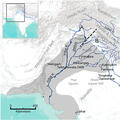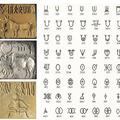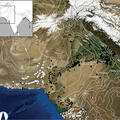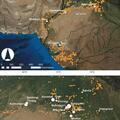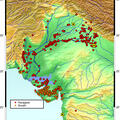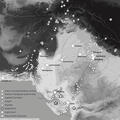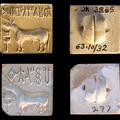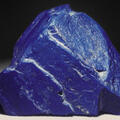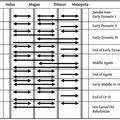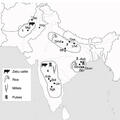Evidence for Patterns of Selective Urban Migration in the Greater Indus Valley (2600- 1900 BC): A Lead and Strontium Isotope Mortuary Analysis
Although cemeteries and burial analysis of Indus peoples is sparse, the authors write, "however, important insights have been gleaned from available mortuary populations. Previous morphological and strontium isotope studies of skeletal material at the sites of Harappa and Lothal suggest residence change may have been common for certain individuals and that increased mobility facilitated gene flow with hinterland groups."

